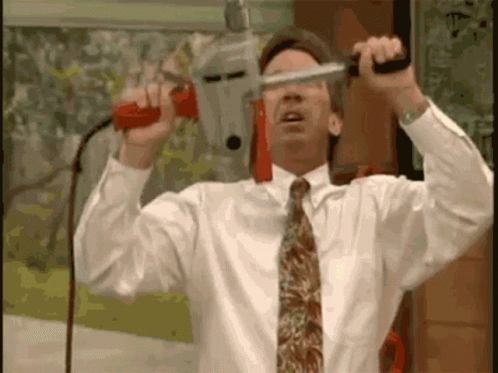Round Rocks
New member
I have a WD 2.5" HDD that for no reason suddenly stopped being seen by Windows or Ubunto. Drive did not fall and does not make any strange sounds or clicks. Turns on fine, the spin sound sounds normal (no stuck head). When connecting to USB, PC will make the default sound you hear when you connect a device but it is not seen in any manager or data restore software, not as RAW, not as "undefined," nothing. So there is nothing to "scan."
Since it doesn't seem to be anything mechanical, I am going to try a PCB swap.
I'm going to try to use the USB connection before I might try to bypass the USB with a SATA connection.
As you can see in the attached screenshot, my PCB has two chips next to each other; one is the BIOS and one is a FLASH controller.
I found an identical model on Aliexpress and ordered it. Problem is, the one that came has two BIOS chips instead of one BIOS and one FLASH.
My question is, do you think it's enough to just swap the BIOS chip without touching the FLASH chip? Or do I have to order a different PCB that has both the BIOS and the FLASH chip so I can swap both?
Thanks!

Since it doesn't seem to be anything mechanical, I am going to try a PCB swap.
I'm going to try to use the USB connection before I might try to bypass the USB with a SATA connection.
As you can see in the attached screenshot, my PCB has two chips next to each other; one is the BIOS and one is a FLASH controller.
I found an identical model on Aliexpress and ordered it. Problem is, the one that came has two BIOS chips instead of one BIOS and one FLASH.
My question is, do you think it's enough to just swap the BIOS chip without touching the FLASH chip? Or do I have to order a different PCB that has both the BIOS and the FLASH chip so I can swap both?
Thanks!


